Can Hamsters Eat Sugar Snap Peas?
Beloved pets like hamsters need proper care and good feeding habits. A balanced diet is essential to the overall health of your hamster. One common question about hamsters is Can hamsters eat sugar snap peas?
The short answer is yes but in moderation.
Although their basic diet is a specialized hamster mix food, occasional treats like snap peas can add taste and vital nutrients. This article will discuss the right feeding regularity, amount, health benefits, and safety tips for your hamsters.
Must Checkout This for your Pocket Love: Mazuri 18% Rodent Breeder 6F Cubes Hamster, Rat & Mouse Food
Along with this, we will discuss different breeds of hamsters and the natural diet of wild hamsters. Let’s go into the specifics and learn the dos and don’ts of feeding peas to your furry pets.
Nutritional Benefits of Sugar Snap Peas
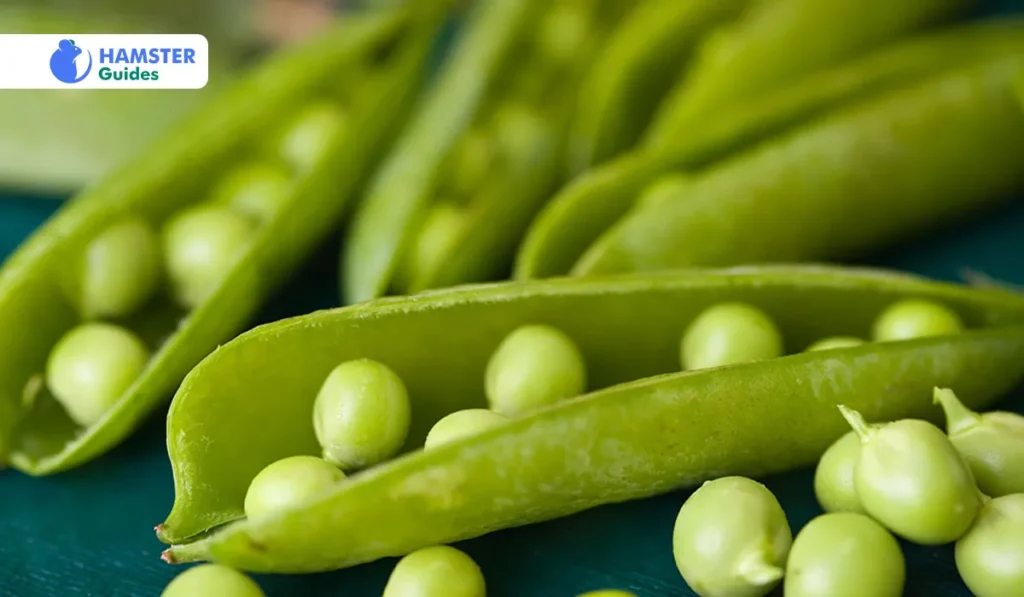
Peas are a good source of nutrients, like vitamin C, folate, dietary fiber, iron, and potassium. Adding peas to your hamster’s diet has a lot of health benefits. These components improve the immune system, support digestive health, and promote overall health.
Mineral Magic
A Vitamin Vault
Fibre Stock
Related Resource: Can Hamsters Eat Honeydew?
Health Benefits Related to Sugar Snap Peas
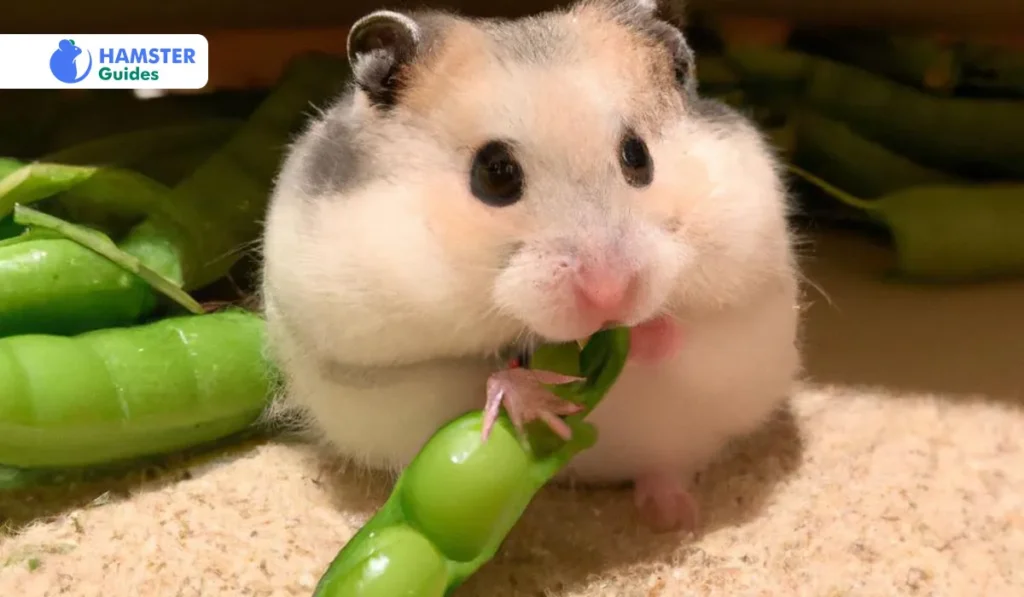
The proper hamster diet can offer several health benefits, including low cholesterol, fat-free, antioxidant qualities, DNA, and RNA synthesis. Pea consumption also promotes red blood cell function, protein, and muscle building.
Related Resource: Can Hamsters Eat Cauliflower?
The Risks Involved in Overfeeding Peas
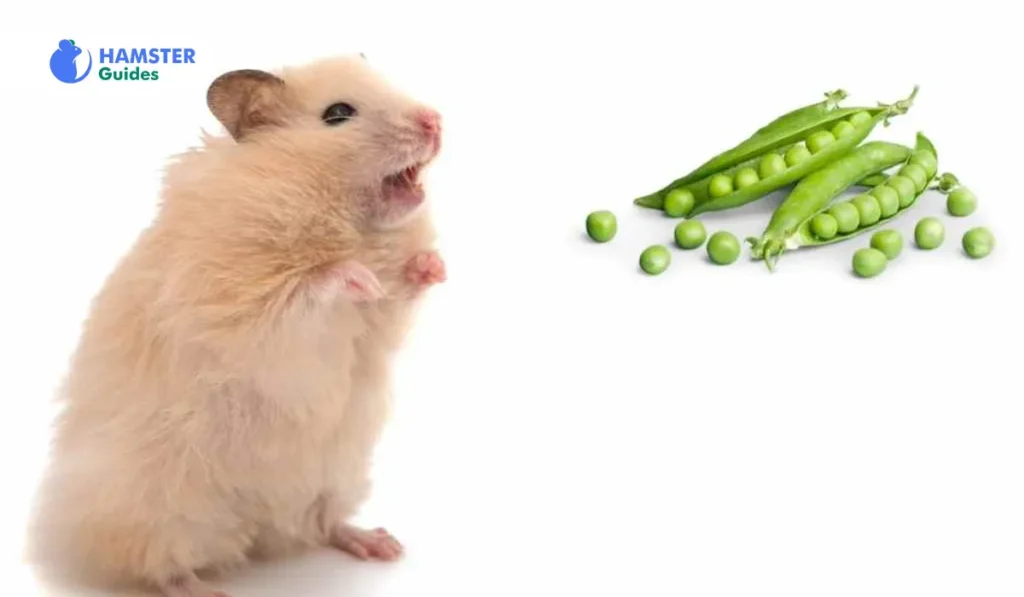
Even though peas have many health benefits, excessive eating may lead to problems like diabetes, obesity, digestive issues, bloating, and even dehydration. Hamsters that are overfed may develop health problems. That’s Why understanding proper feeding habits is essential. It is vital to retain moderation.
Be Vigilant to the Caution
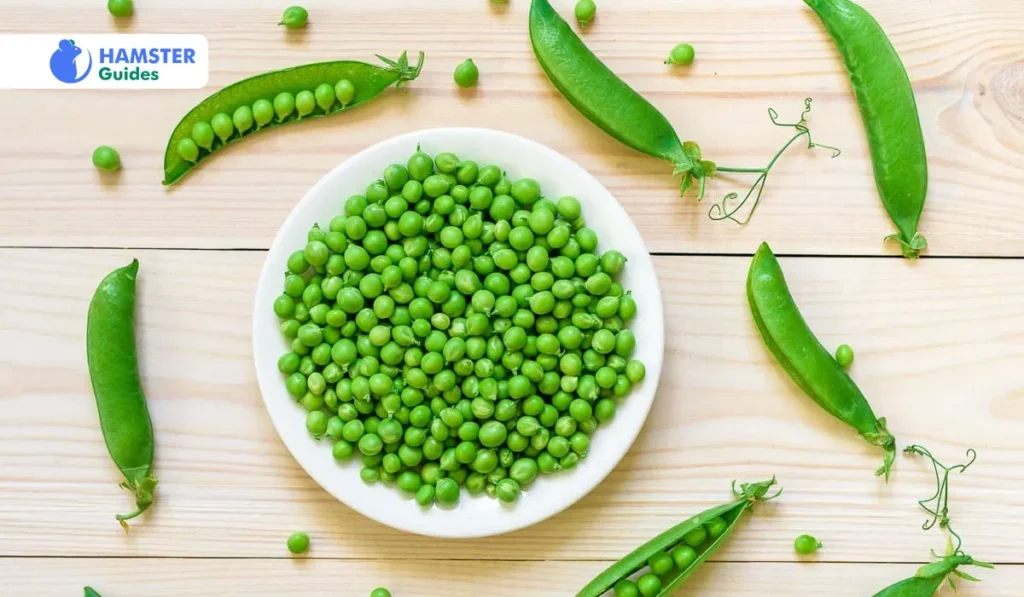
Overfeeding your hamster is dangerous. It may lead to diabetes and obesity risks, digestive problems, bloating, and dehydration. To avoid these health risks, it is necessary to develop proper feeding habits in Hamsters by following the suggested feeding frequency and quantity.
Extra Advice: If you want to add variations, try to provide your hamster sugar snap peas or snow peas for a slightly different texture and flavor.
Snap Pea Snacking Guide Considering Your Adorable Hamster Breeds
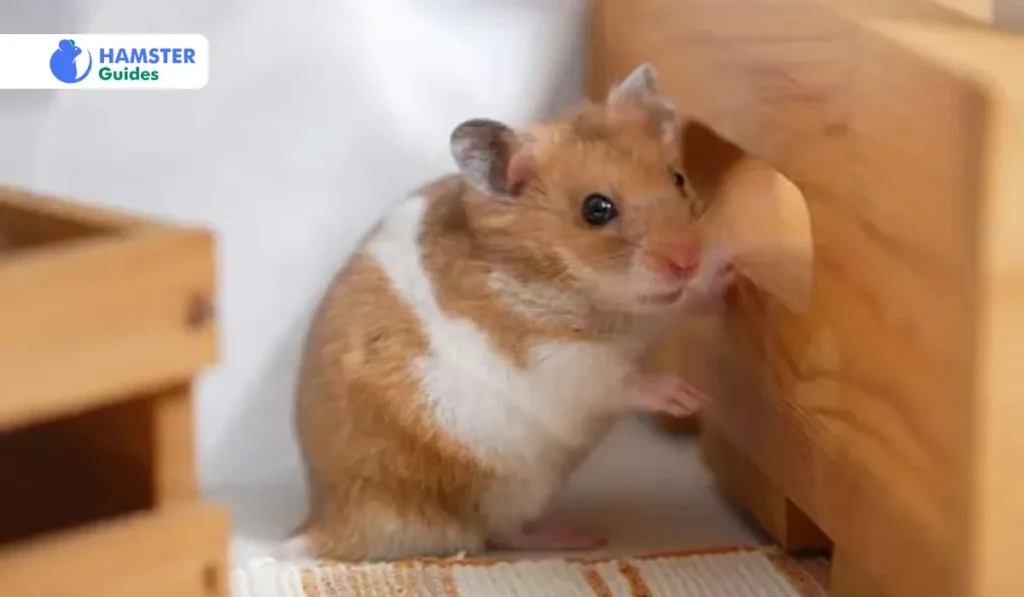
Occasional treats for your hamster don’t have to be a guessing activity! There are different breeds of hamsters. These include the Syrian hamster, Campbell’s Dwarf hamster, Winter White Dwarf hamster, Roborovski hamster, and Chinese hamster. It is essential to know the dietary needs of each breed to ensure their good health.
Related Resource: Can Hamsters Eat RADISH?
Quantity
It’s essential to ensure that hamsters take the right quantity when fed. For instance, half a snap pea pod, 1/3rd of a snap pea pod, or 1 piece of a snap pea should work. The secret of feeding hamsters is to give them in small portions.
Know the Feeding Frequency
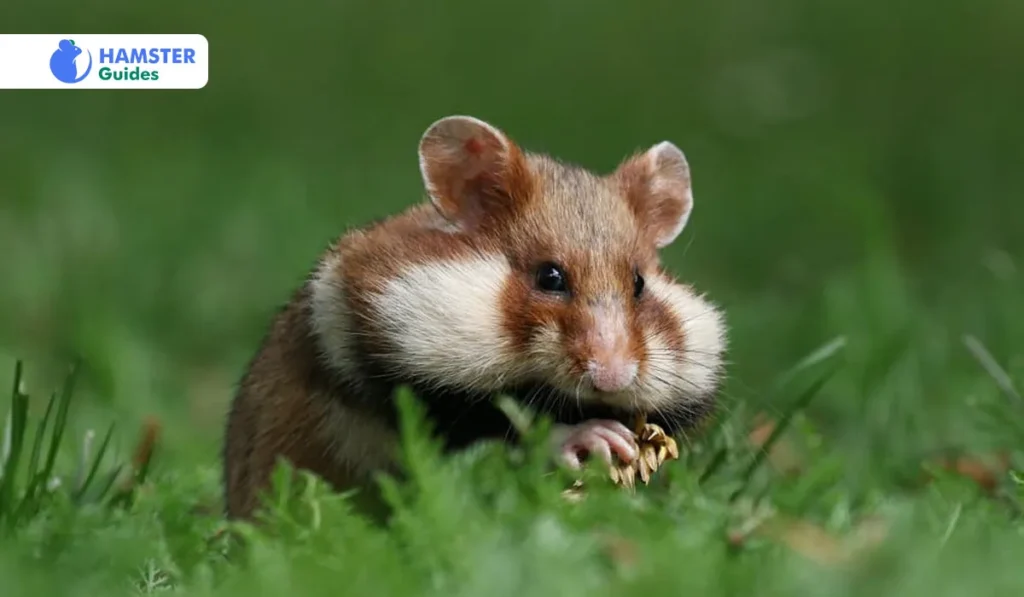
Small amounts should be given to hamsters 2 to 3 times a week for their overall health. Overfeeding hamsters can result in health problems like obesity, diabetes, bloating, and dehydration. Moderation in both frequency and quantity is necessary for proper feeding requirements.
This informative table guides you on providing snap peas to various breeds, according to their particular needs and sizes:
| Hamster Breed | Serving Size | Frequency | Special Considerations |
| Syrian Hamster | 1/2 pod | 2-3 times a week | check for diabetes issues. |
| Campbell’s Dwarf Hamster | 1/3 pod or 1 pea | Once a week | Highly sensitive to diabetes, be extra conscious. |
| Winter White Dwarf Hamster | 1/3 pod or 1 pea | Once a week | Sensitive digestive system, introduced gradually. |
| Roborovski Hamster | 1 pea or pea piece | Once a week | The sensitive digestive system is introduced gradually. |
| Chinese Hamster | Tiny nibble (pea shell or crushed peas) | Once a week | More sensitive to allergies, watch for reactions. |
An Overview of Different Types of Peas and Their Suitability to Hamsters
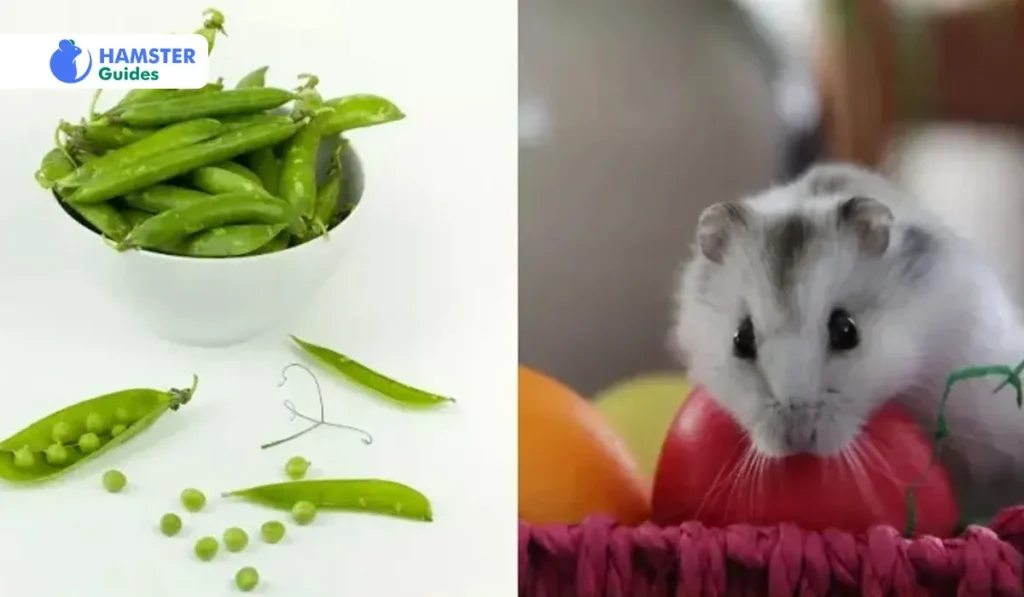
When you talk about peas, there are more varieties of peas than just the green, round ones you may imagine in your pod. In fact. There are lots of pea varieties, each having its distinct flavor, texture, and culinary uses. Following are some of the most typical peas you may come across:
Dwarf Peas

Related Resource: Can Hamsters Eat Coconut?
Snow Peas
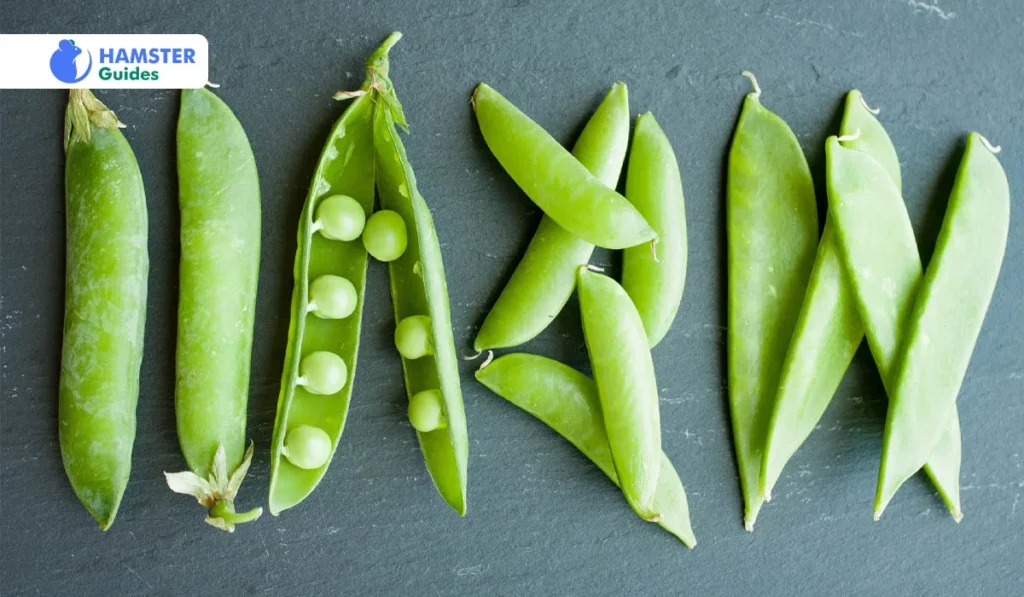
Sugar Snap Peas
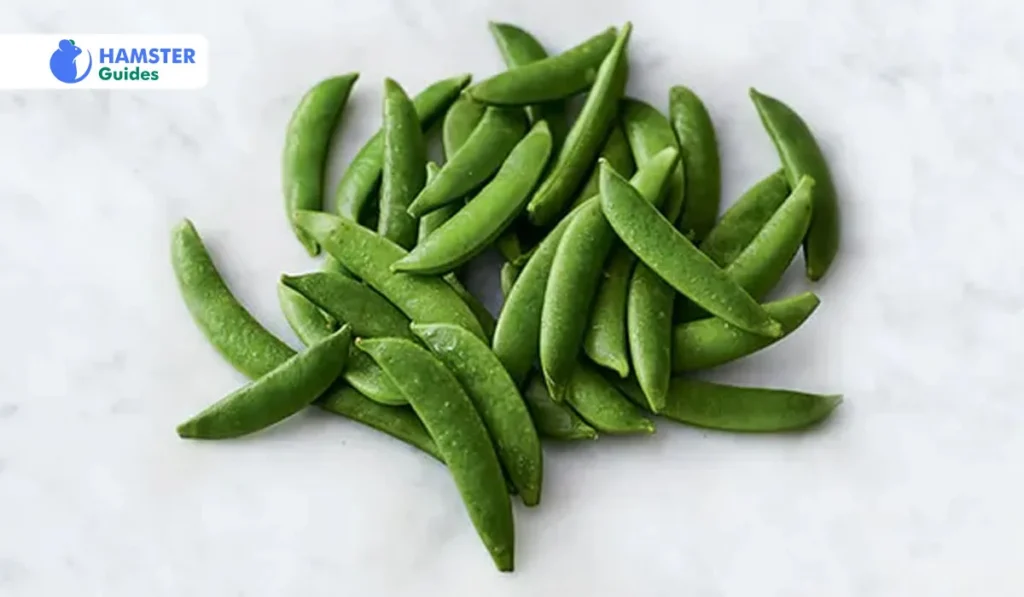
Related Resource: Can Hamsters Eat Hazelnuts?
Green Arrow Peas
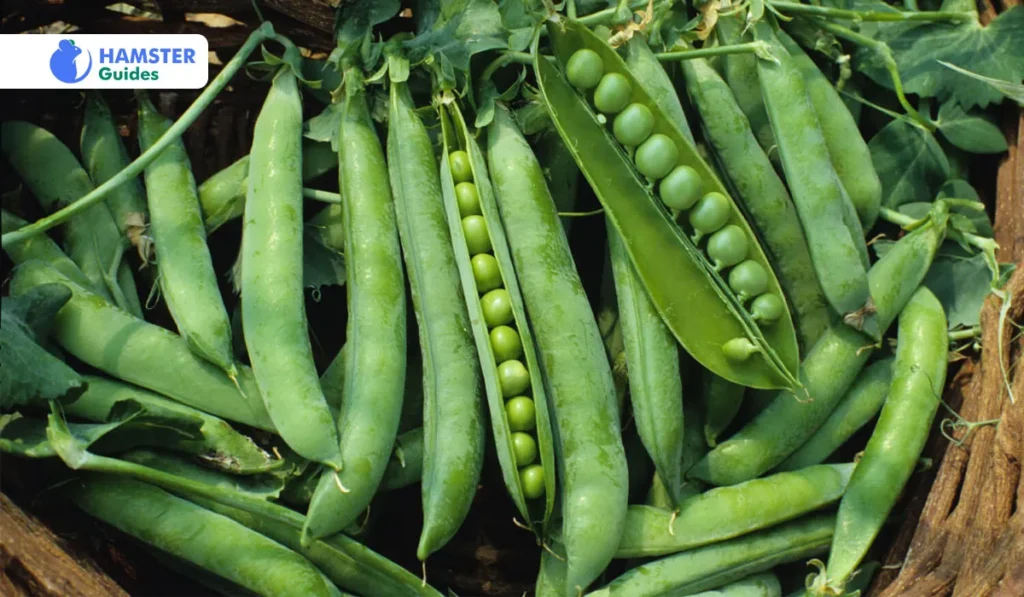
Snap Peas

English Peas
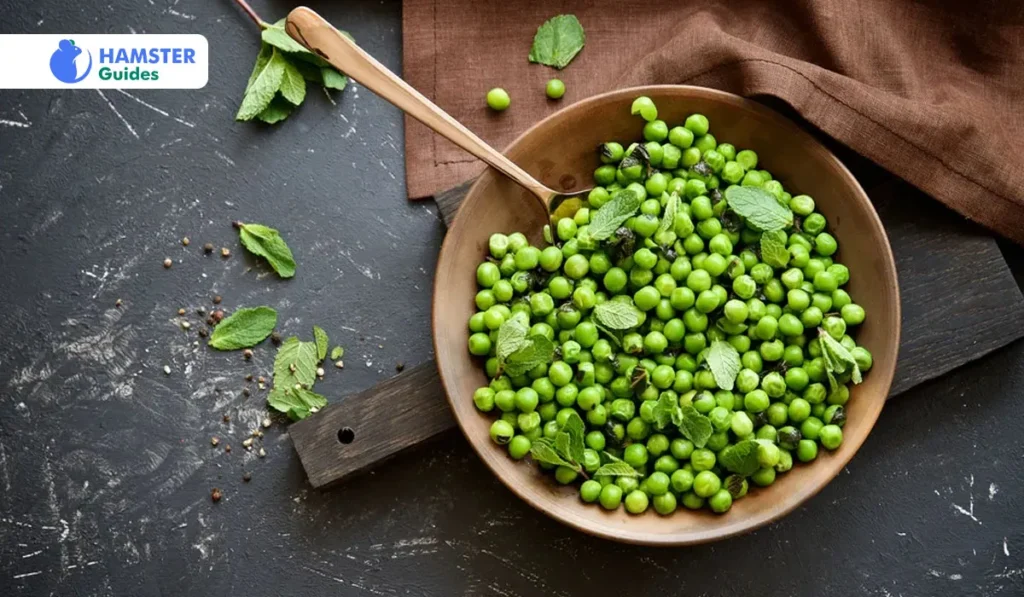
Flat Peas
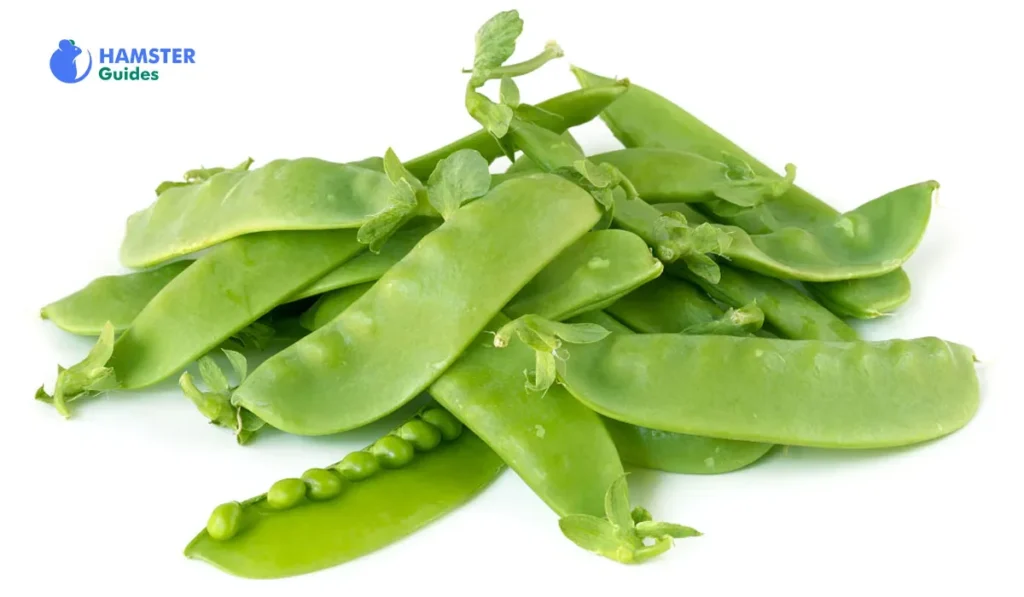
Sugar Daddy Peas
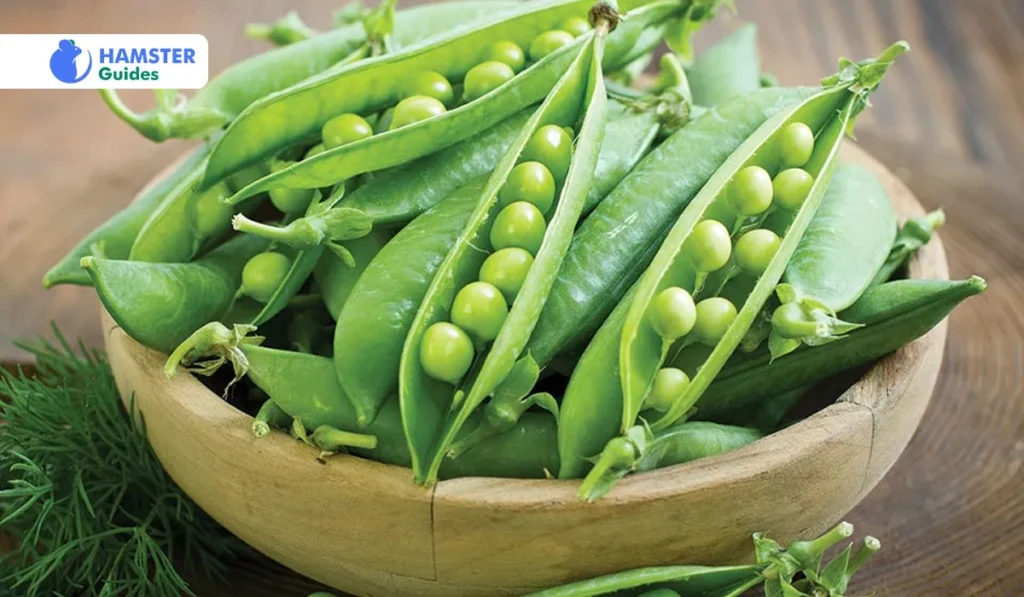
Purple Peas
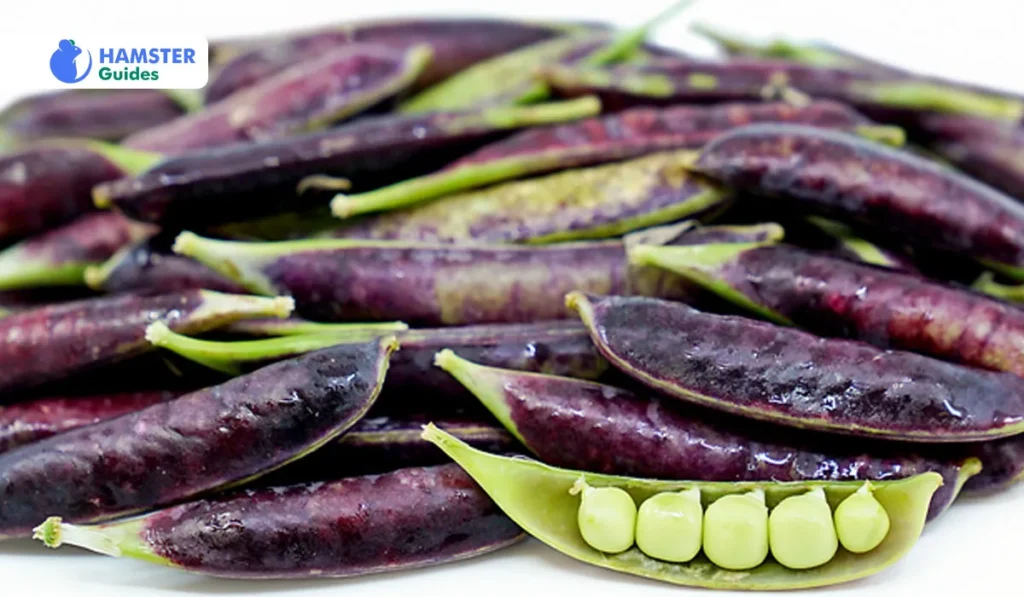
Related Resource: Can Hamsters Eat Strawberry Leaves?
Mange tout Peas
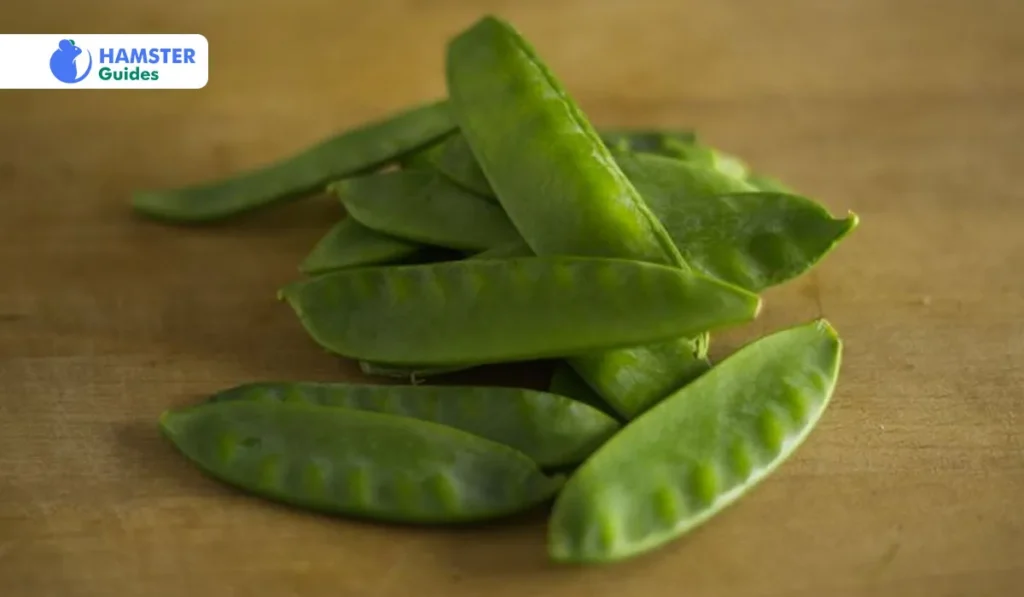
However, When we talk about peas and hamsters, The best choice is Snap peas, because other types are often not suitable for them because of their:
Following are the different types of peas that are suitable or not for hamsters:
Suitable Peas for Hamsters
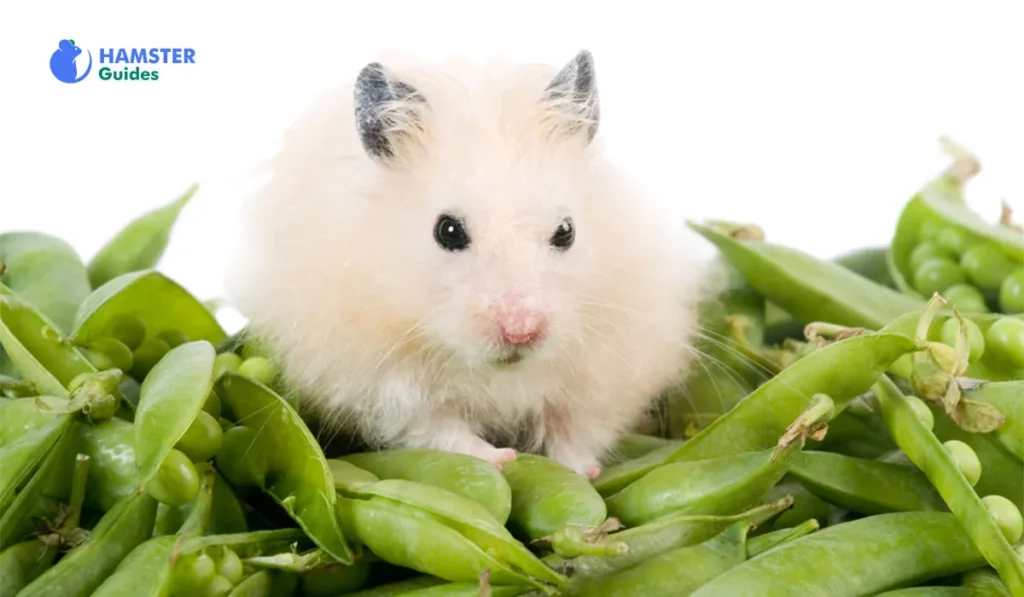
Related Resource: Can Hamsters Eat Dried Banana?
Unsuitable Peas for Hamsters
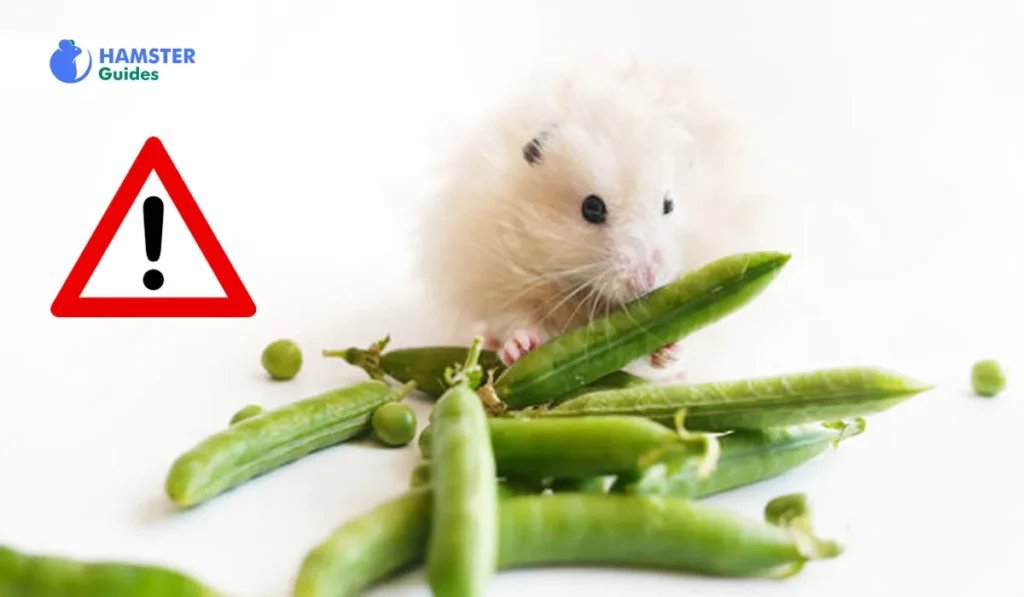
Extra advice: For a balanced diet, mixing different things with healthy diets is best.
The Perfect Treat Tips for Pea-Rfect Snacking
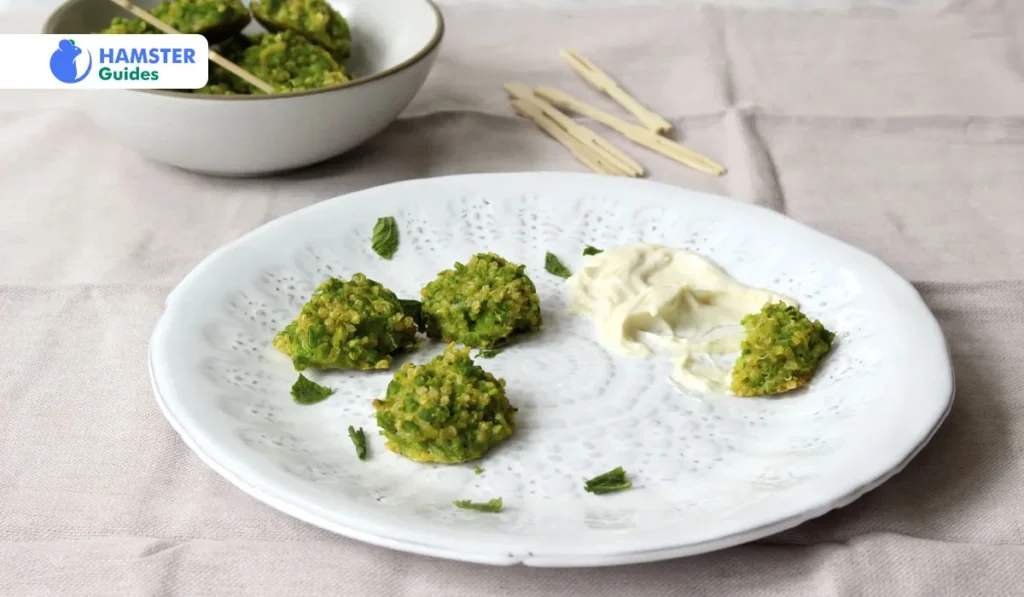
Hamsters are naturally good for scavenging. Give them occasional treats like pieces more than just a tasty gesture. It’s a way to improve their way of life, and an homage to their untamed desires. Thus, remember for the next time, that your little friend may crave just a smaller size taste of the good life, whenever you’re enjoying a bowl of peas.
The Final Words
For your hamster, peas are a nutritious and tasty treat. It can be a welcoming change from their regular diet. Start with moderation and limit it to small portions. Always choose fresh and organic peas.
With these precautions, you may share the nutritious bounty of these little green jewels with your little furry friends for a change in their regular diet. So, by giving them a delicious health boost in every bite, watch those little eyes brighten up as they munch on this yummy treat.









Leave a Reply